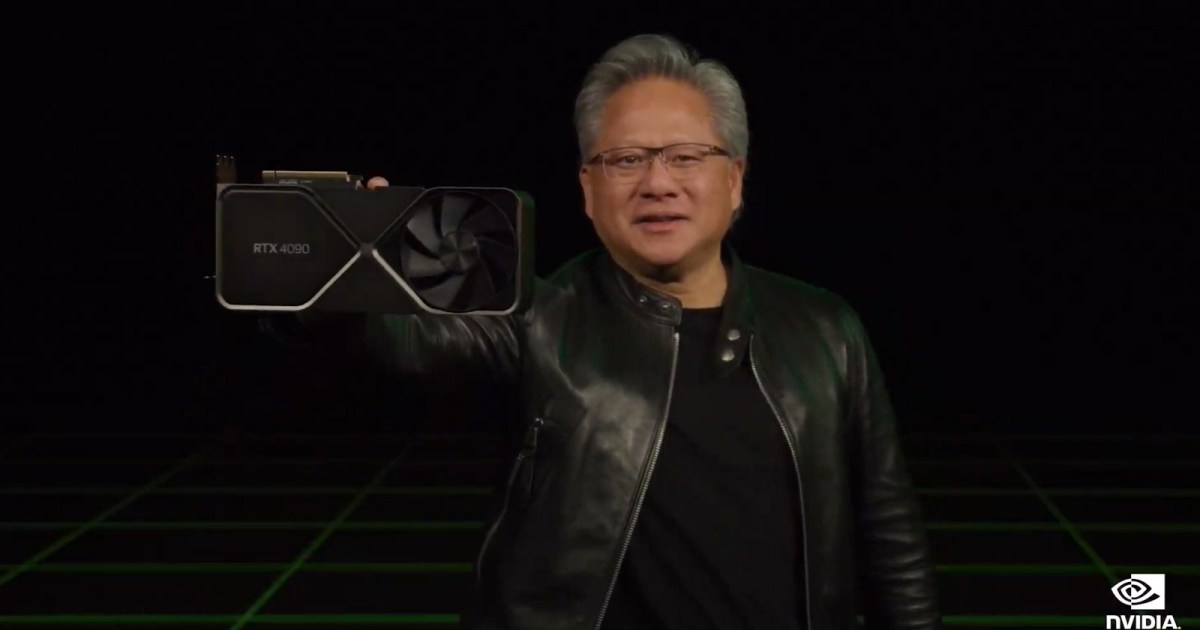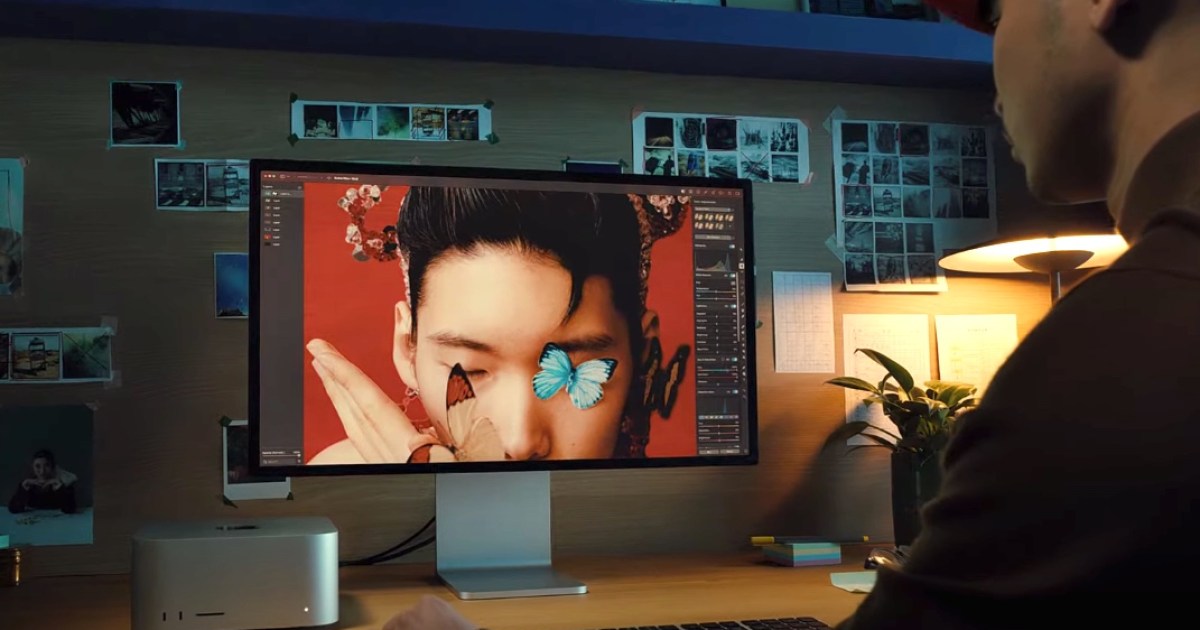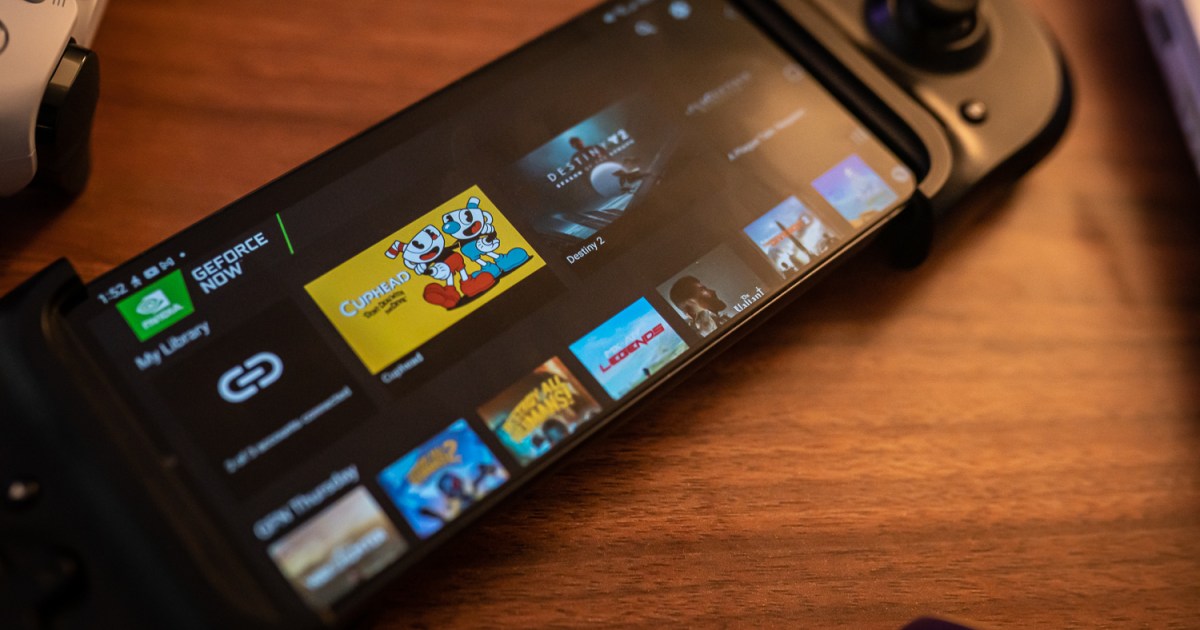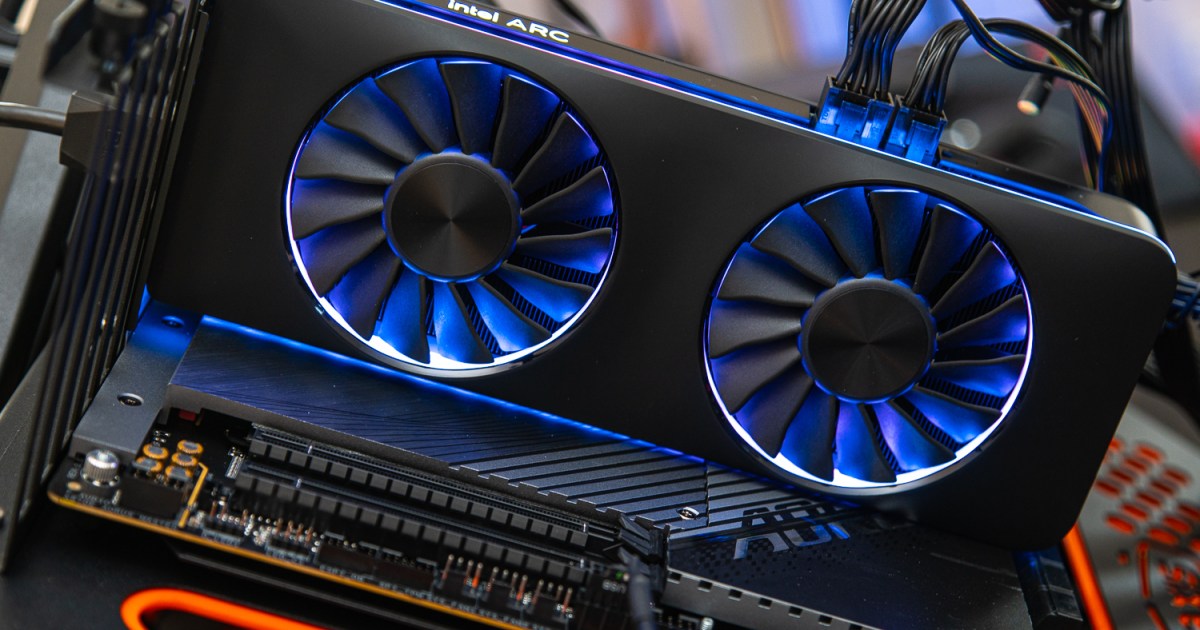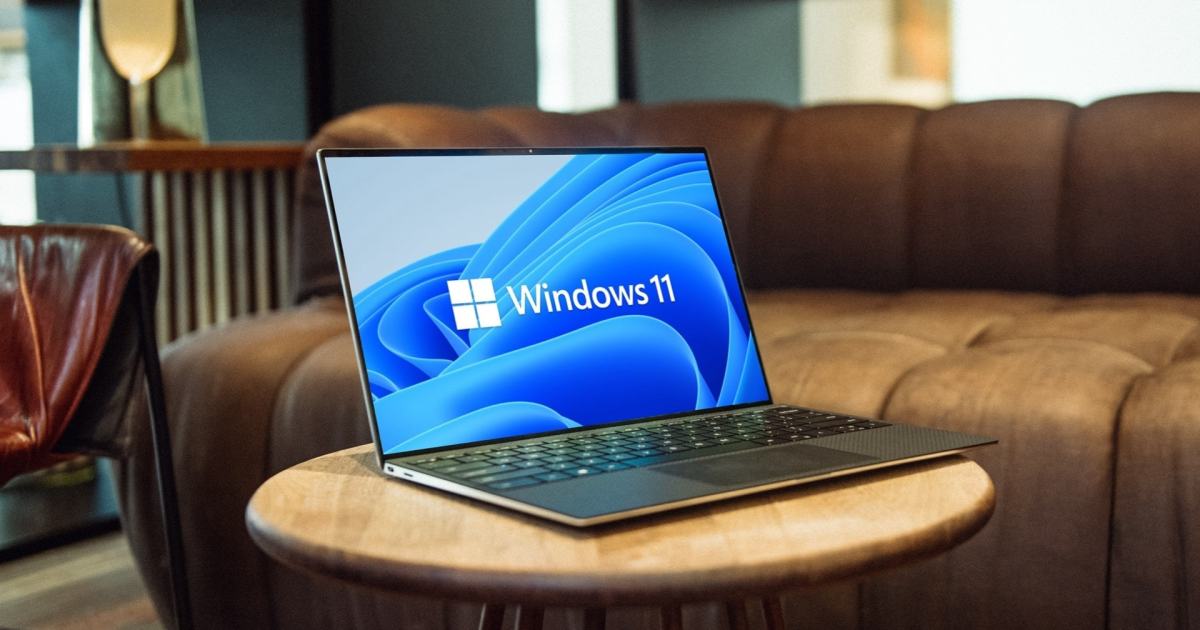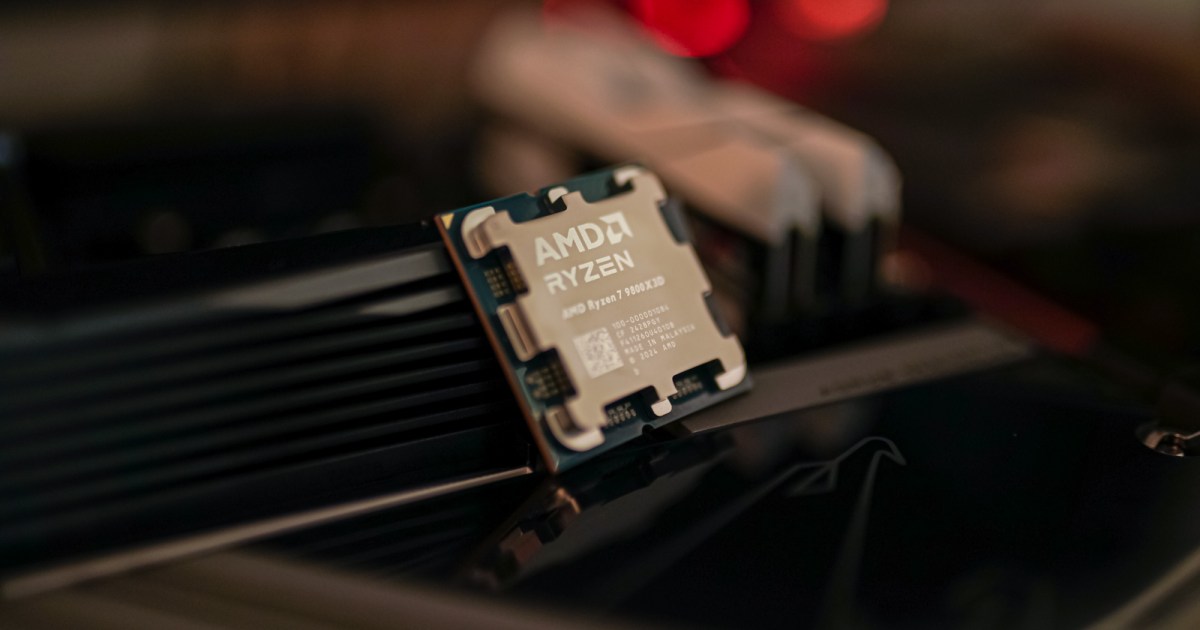Whispers of Nvidia’s RTX 50-series, based on the Blackwell architecture, are growing louder as we approach their anticipated release. A recent leak from a reputable source hints at a potentially earlier arrival than initially predicted. Could Blackwell be making its debut sooner than the expected January 2025 timeframe?
The source of this speculation is renowned hardware leaker kopite7kimi, who posted a cryptic message on X (formerly Twitter), stating, “We will meet GeForce of Blackwell soon.” True to form, the leaker offered no further clarification, leaving the tech community buzzing with speculation.
We will meet GeForce of Blackwell soon.
— kopite7kimi (@kopite7kimi) November 5, 2024
This vague timeline contrasts with previous rumors pointing towards a September 2024 launch, which obviously didn’t materialize. With Nvidia CEO Jensen Huang scheduled to deliver a keynote at CES 2025, the prevailing expectation is a January reveal. However, the possibility of an earlier announcement, even without immediate product availability, remains.
Blackwell represents a significant architectural leap for Nvidia, offering ample material for pre-release hype. A teaser could be strategically deployed to capture consumer attention ahead of major shopping events like Black Friday, potentially swaying purchasing decisions away from current-gen GPUs. Delaying the RTX 50-series launch until January means Nvidia misses the crucial holiday shopping season, a period typically ripe for strong sales. This delay also contradicts the September/October release window many anticipated based on previous generation launch patterns.
Decoding the Clues: What Does “Soon” Really Mean?
Interpreting kopite7kimi’s “soon” is challenging. It could simply reaffirm the January CES 2025 timeline, which the leaker previously indicated. However, given this prior prediction, the new message might suggest something more imminent.
The Waiting Game Continues
Ultimately, only time will tell. While the ambiguous leaks fuel anticipation, concrete details remain elusive. For now, we’re left to decipher the clues and await official confirmation from Nvidia.



